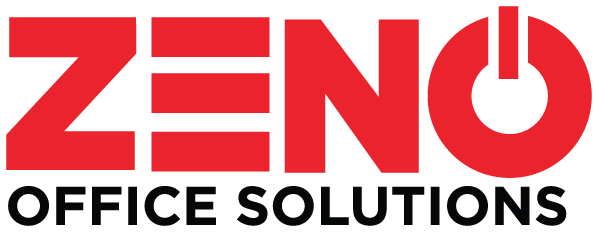Document management is an optimal solution for any business or organization burdened by excess amounts of paper. This is particularly true for government agencies or municipalities who are always buried under piles of paper and must maintain meticulous records. Unfortunately, paper records are often anything but meticulous, leaving them open to compliance violations and unauthorized access.
Now, more than ever, government agencies are taking a hard look at their filing needs—and inefficiencies—and considering document management as a far-reaching solution due to its many benefits.
Cost Savings and More
Simply put, less paper means less money spent. We are not saying that the government or your business will eliminate your need for paper, but reducing your reliance on paper will help your bottom line and provide an increased level of security.
What used to take an entire team to manage can be automated with document management, making workflows more efficient.
Improved Efficiency
Increased efficiencies are an overall win for any business or agency. Replacing outdated office equipment with more efficient models is a smart first step to improving productivity. Plus, newer equipment is compatible with the automation processes available with DM, such as document processing and routing.
Reducing approval times and removing redundancy from processes goes a long toward improving the efficacy of daily agency functions. Plus, organized digital records make it much faster to retrieve files and public records, reducing margins of error and expediting processes.
Enhanced Security
If the last few years have taught us anything, it is that the government is as vulnerable to security breaches as anyone else. And the need for security enhancements has reached an apex.
While on its own it might not be enough to keep hackers at bay, [document management]((https://www.zenotx.com/document-management/) is an excellent complement to any security program. DM offers additional layers of security, such as user access control, password protection, data encryption, as well as enhanced document-level security.



